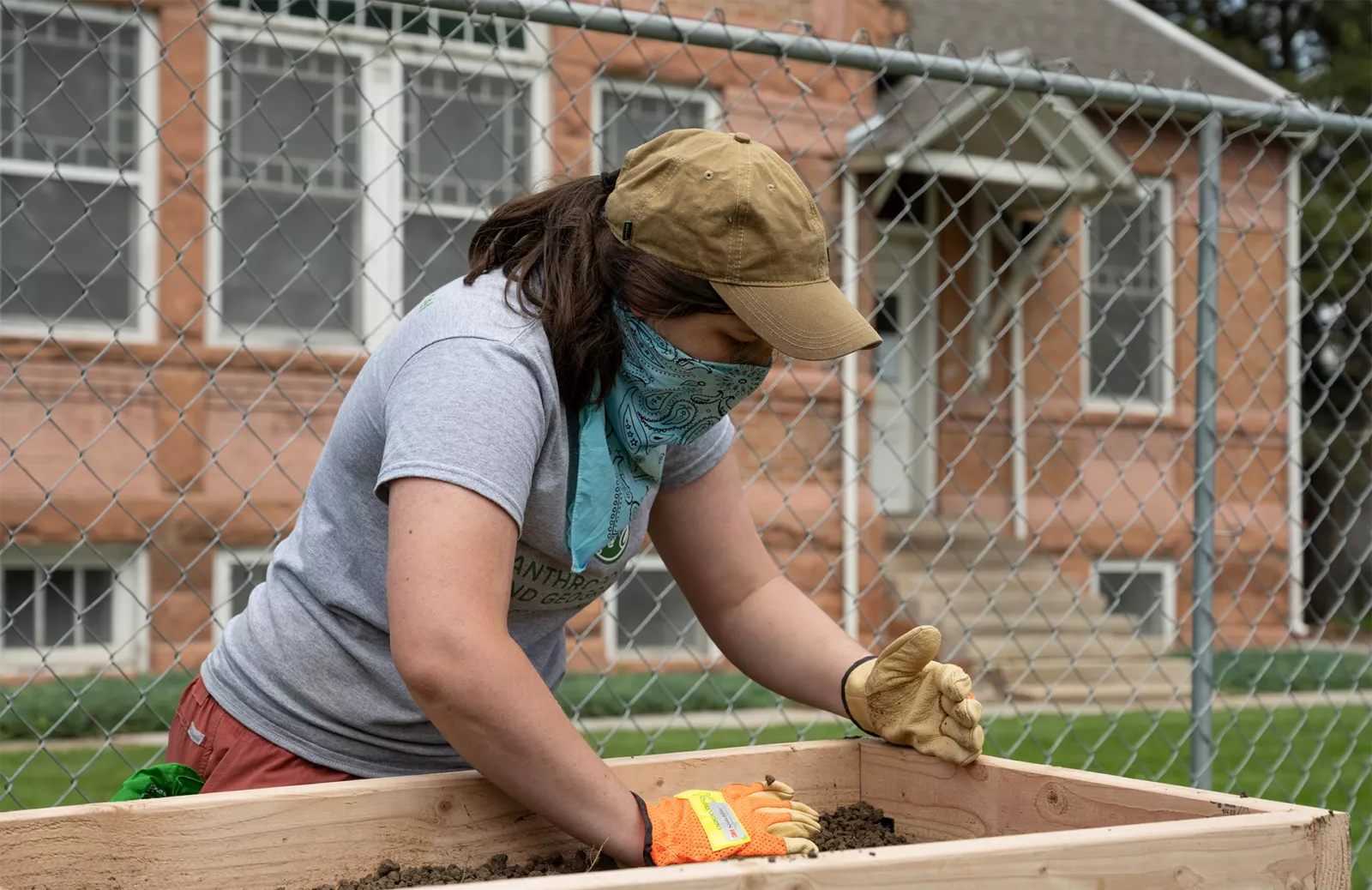
For Maya Karlan’22 of Evanston, Ill., the Colorado State University Archaeology Field School looked a little bit different this year.
Usually, it takes place at various archaeological sites in Texas, Colorado, or Tennessee—the 2020 summer session was supposed to be at Pinson Mounds State Archaeological Park, studying the earthen mounds constructed by Native Americans around 1-500 A.D.
This year, it was in Fort Collins, Colo., on the CSU campus, and there was actually a lot to find. According to a KUNC article, the first ever building on campus was something known as a “claim shanty”—essentially, a building meant to legally mark out Fort Collins as the potential location for the future CSU campus. It’s since been demolished, but over the years the building served a range of functions, from a grainery to a chemistry lab. The building’s residents left behind a wide range of debris, from jewelry fragments to bullet casings, which can tell current field school students more about the history of the school.
In addition to the change in dig sites, Maya’s everyday experience at the field school was also significantly altered by COVID-19. Students had daily temperature and symptom checks, and Maya described an atmosphere of public scrutiny that would not have been present at a regular dig.
“Normally there aren’t people walking past your dig site judging the health and safety of the students and their practices. We were under public watch,” she says.
“I think that normally at field school students bond quickly. However, this time it was even faster than usual. We needed a stronger element of trust. If anyone were to break our ‘bubble’ of only interacting with each other the field school could be canceled.”
Despite the health anxieties, the point of a field school is to learn all the nitty gritty practicalities of archaeological field work, and Maya loved her experiences there.
“I really love shoveling, and troweling,” she says. “I love to make the walls and floor super clean and flat. I find it very satisfying. You can really see all the soil differences. I also really liked journaling about what we were doing every day.”
Maya, who is double majoring in anthropology and geology, finished the field school program in early August, and has returned to Bryn Mawr’s campus for the fall.